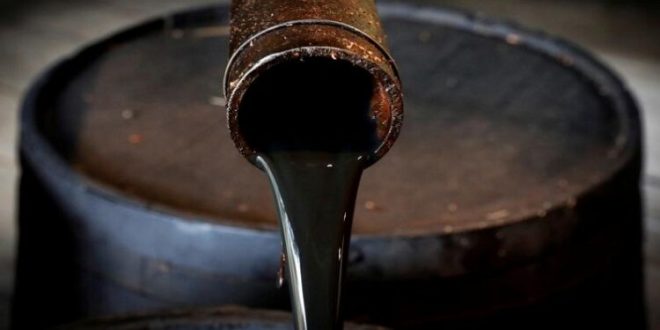Oil prices stabilized Monday, rebounding after earlier falling to the lowest levels in nine months, after doubts emerged about the possibility of the EU imposing a price cap on Russian oil.
By 09:20 ET (13:20 GMT), U.S. crude futures traded 1.1% higher at $79.62 a barrel, while the Brent contract rose 0.7% to $85.61. Both contracts earlier fell to their lowest levels since early January, after dropping around 5% on Friday.
The European Commission, the bloc’s executive arm, met with member states over the weekend to try to find a compromise on a package of restrictive measures to punish Russia for its invasion of Ukraine.
However, Bloomberg reported that the EU nations are struggling to reach an accord on imposing a price cap on Russian oil, with Cyprus and Hungary among the countries that have expressed opposition to the proposal.
Russian President Vladimir Putin escalated the situation in eastern Europe last week, announcing a “partial mobilization” of troops and pushed for “referendums” on annexation in areas of Ukraine it is still occupying.
However, sentiment within the crude market remains weak, hit hard by aggressive monetary tightening by a number of central banks, led by the U.S. Federal Reserve, as they tried to control inflation running at historic highs, at the expense of future growth.
A byproduct of the sharp tightening by the Fed has been a very strong U.S. dollar, with the dollar index, that measures the greenback against a basket of major currencies, climbing to a 20-year high on Monday.
Dollar strength tends to curtail demand for commodities, including oil, which are denominated in the greenback as it makes them more expensive for foreign buyers.
Attention is turning to what the Organization of the Petroleum Exporting Countries and allies, together known as OPEC+, will do when they meet on Oct. 5, having agreed to a symbolic cut of output at the previous meeting.
“The group has made it clear in recent months about the possibility of further action given the apparent disconnect between the physical and the paper market,” said analysts at ING, in a note. “If it is not there already, the market is trading towards levels where OPEC+ will be getting uneasy. The group are scheduled to meet next week. This could be an interesting meeting.”
The latest crude positioning data showed that speculators increased their net long positions in both benchmark contracts as of last Tuesday.
However, “this move was exclusively driven by short covering, rather than fresh longs coming into the market. Given the weakness in the market since Tuesday, speculators are likely to have trimmed this position,” ING added.

 Iran Energy News Oil, Gas, Petrochemical and Energy Field Specialized Channel
Iran Energy News Oil, Gas, Petrochemical and Energy Field Specialized Channel



